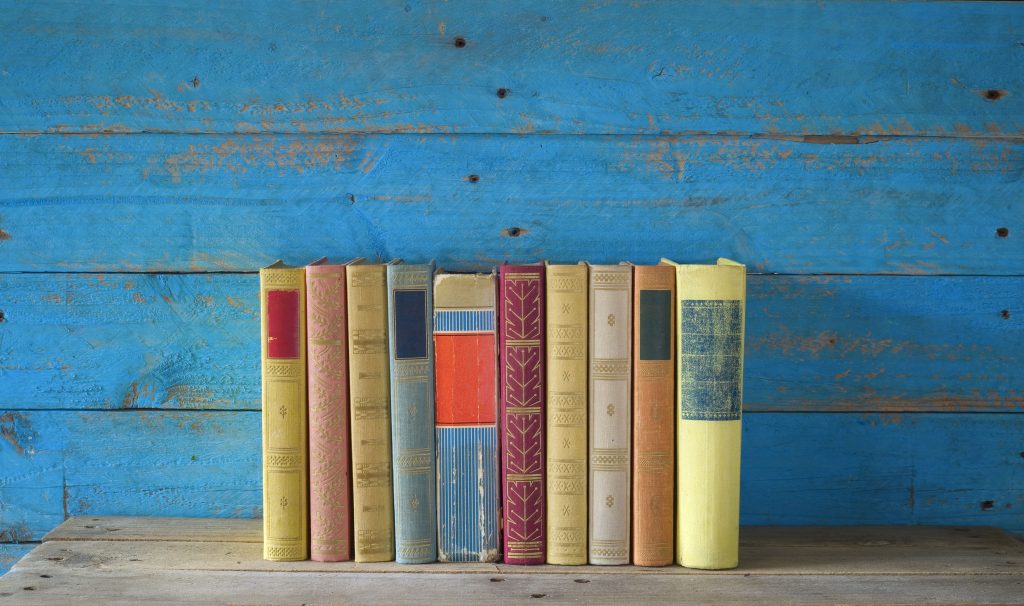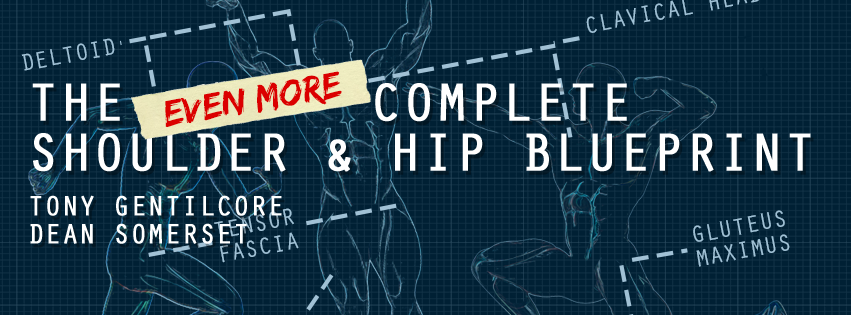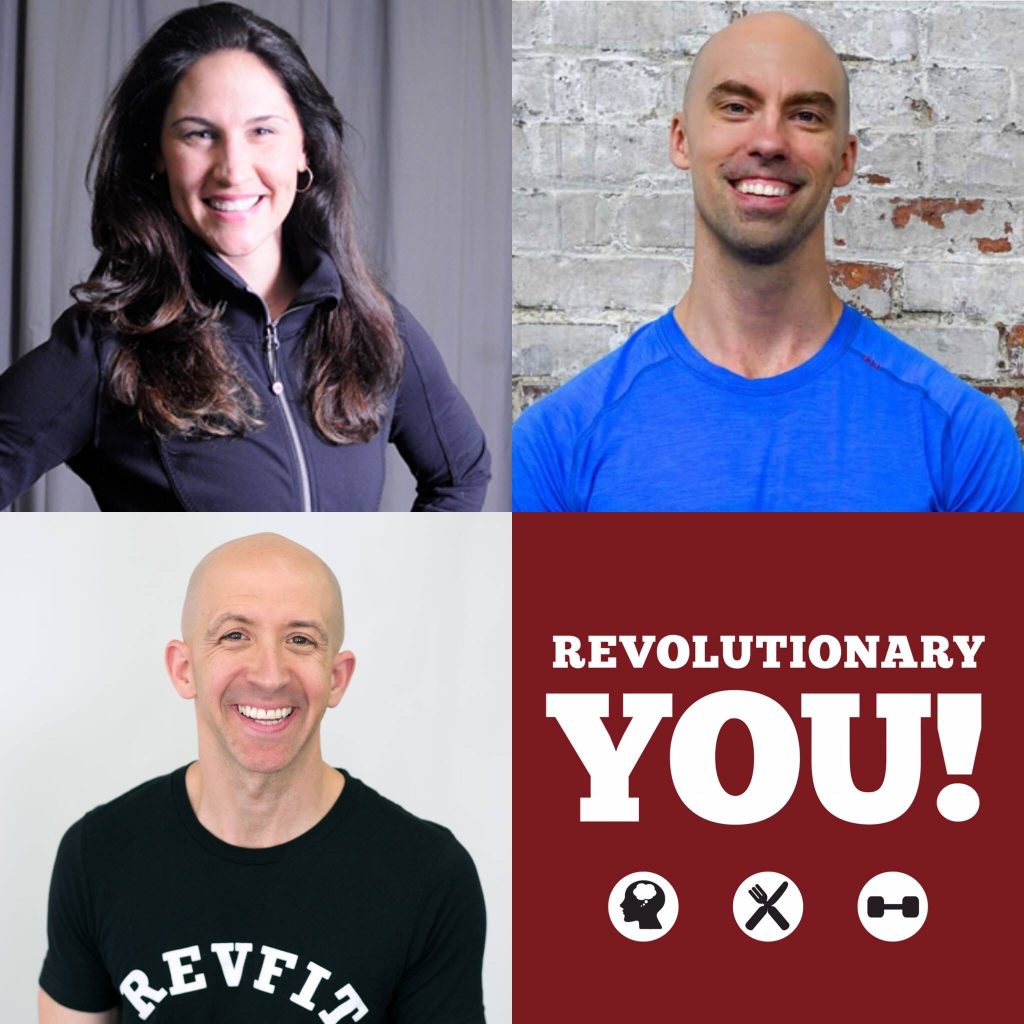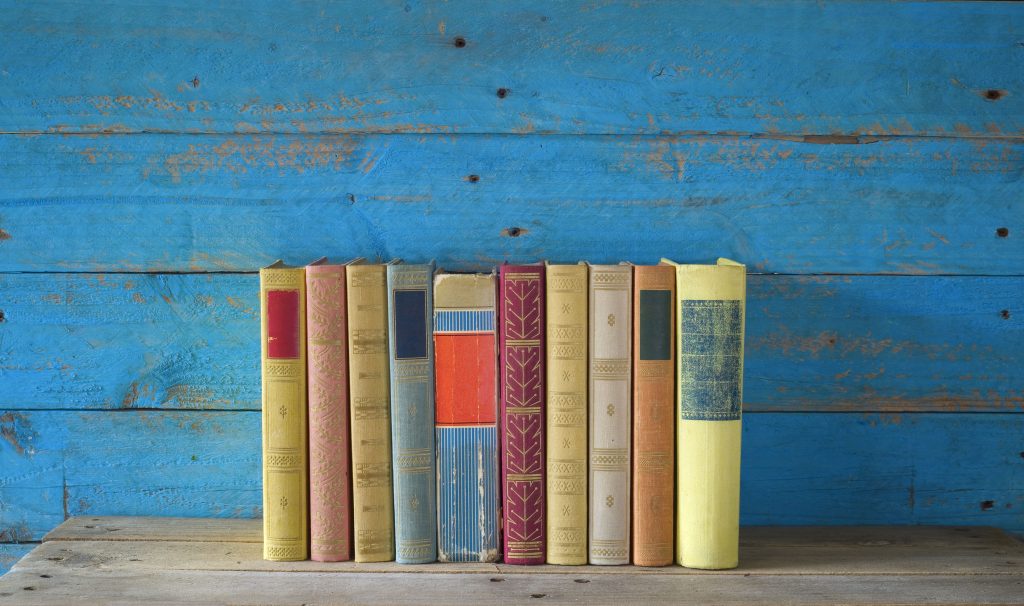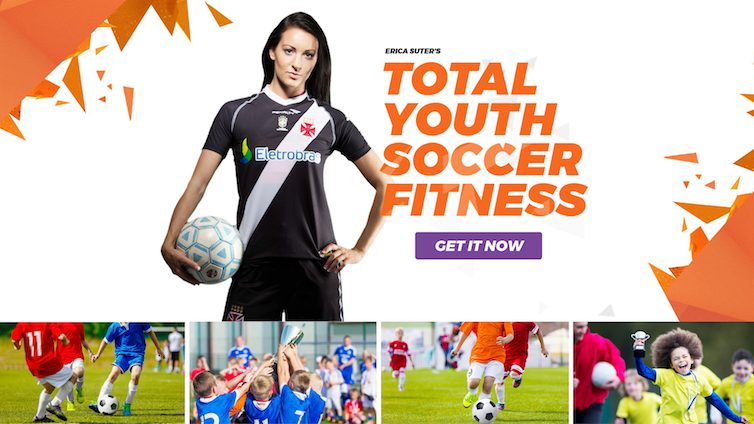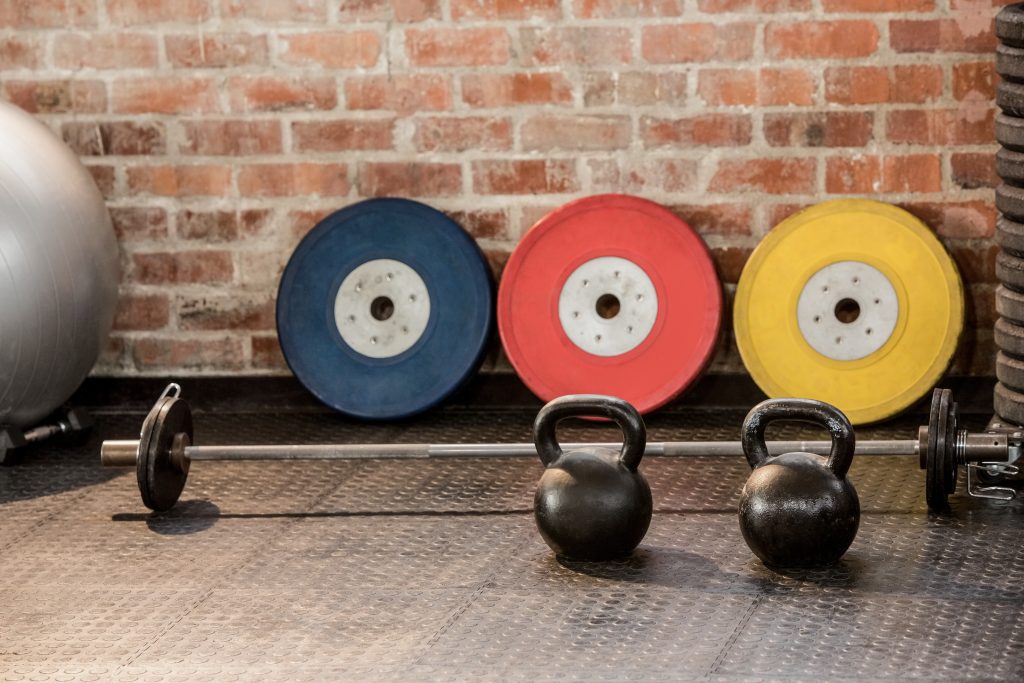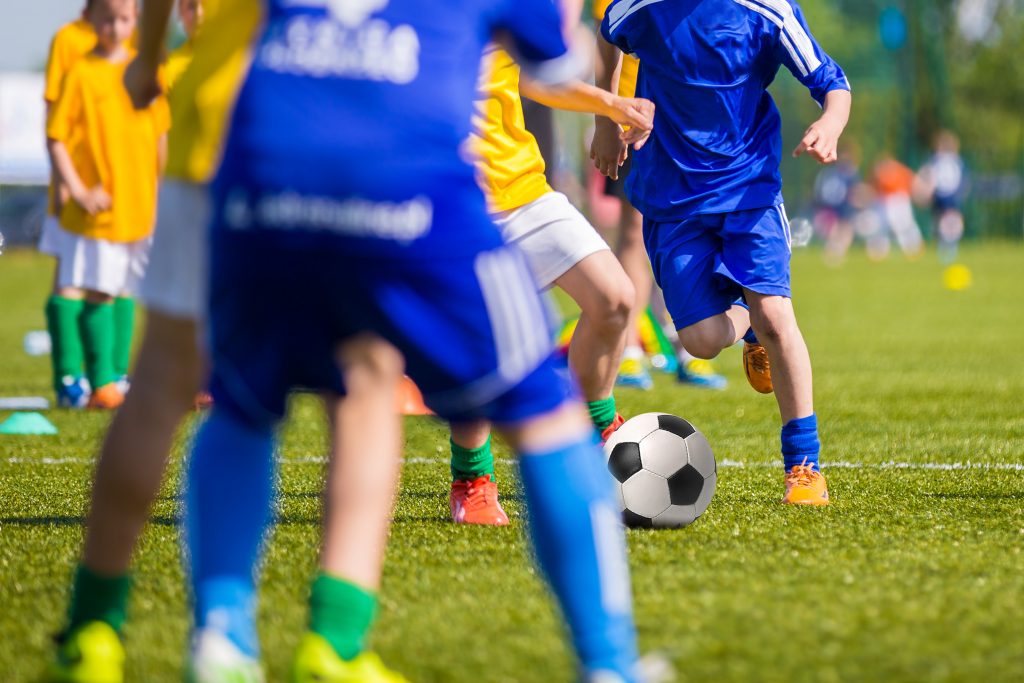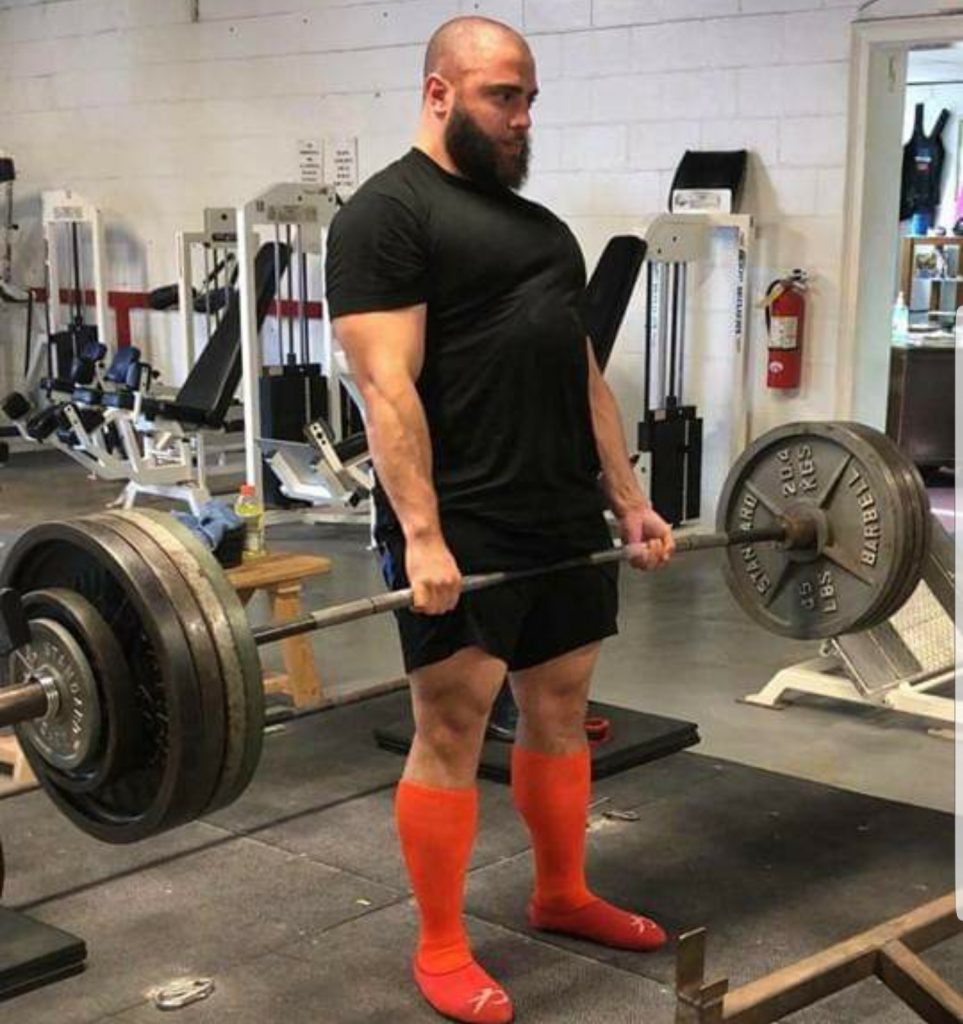It was a pleasant surprise to have an email waiting for me this morning from Dr. Mike T. Nelson asking if I’d be interesting in posting this article up on my website?
“Does He-Man give zero shits about rocking a bowl cut?”
Of course I’d be interested.
The animal protein vs. plant-based protein debate is alive and well. Thankfully we have smart, sane, and subjective researchers in the field like Dr. Nelson to hand us the facts so we can make more informed decisions.
Enjoy!

Plant Protein Paradox
Plant proteins are all the rage now, but should you drop all your meat consumption to save the planet at the expense of your biceps? Is there any data to prop up the idea that eating more plants helps the earth?
Hang on to your propeller hat for a short trip down the nerd chute to see if the environmental concerns have weight and how plant proteins stack up.

I don’t trust thez gunZ to plants only
Plant proteins have become more popular recently in part due to environmental concerns or ethical concerns (1, 2). Environmental research is not my main wheelhouse, however I can read research.
Pimentel et al. in 2003 (3) analyzed the of land and energy resources devoted to an average meat-based diet compared with a lactoovovegetarian (plant-based) diet. Both diets contained the same number of calories at 3,533 kcal per person. According to their analysis:
“The meat-based food system requires more energy, land, and water resources than the lactoovovegetarian diet. In this limited sense, the lactoovovegetarian diet is more sustainable than the average American meat-based diet.” (3).
Meat-eaters = do not pass Go and collect 200 colones (about 33 cents).
In the USA, Europe and Australia, meat and dairy provide about 80% of the daily protein intake compared to Africa where as little as 7 g of meat and 4 g of milk are consumed per capita (4).
I hear your biceps shrieking in terror from here.
In an analysis from Scarborough et al., in 2014 (1), the researchers found that greenhouse gas emission in self-selected meat-eaters was about twice as high as those in vegans. They concluded that reductions in meat consumption could lead to reductions in green house gas emissions.
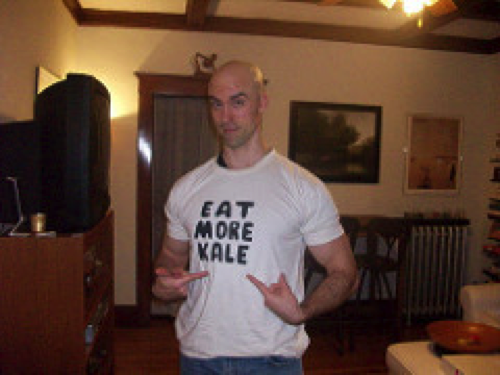
Meat-eaters 0, plant people 2.
Editor’s note: Tony here, if you want to know my true thoughts on kale, go HERE.
While the above around two selections, a reduction in the consumption of meat proteins may provide an advantage for the environment; but can they provide the same physiologic response in MPS (muscle protein synthesis – aka stuffing those amino acids into your muscles to make them bigger and stronger)?
Will Tony’s biceps become baby biceps?
Science Bitches
A study by Yang et al. (5) compared the effects of whey and soy protein in older men (age 71 +/- 5 years). The subjects completed a single-leg extension exercise before taking either no protein (eeeek) or 20 grams of soy protein (sorry gonads).
The researchers sampled the men’s muscle tissue via biopsy to compare the results to the non-exercising leg. They found that consuming soy protein was better than nothing, but it did not match to the response of whey protein from previous studies (6).

Your friendly author here with Dr Jose Antonio
In another study (7), wheat protein was compared to dairy protein sources in healthy older men (average age: 71 ± 1 years old).
The subjects (n=60) were split into 5 groups where they consumed 35 g wheat protein, 35 g wheat protein hydrolysate, 35 g micellar casein, 35 g whey protein, or 60 g wheat protein hydrolysate.
Plasma and muscle samples were collected at regular intervals. They found that a 60-gram dose of wheat protein was needed to see the same MPS response as the lower dose of 35 grams of the dairy based proteins (7).
Take Away?
Even if you are using a wheat protein supplement, you need a piss ton of it to match the same acute muscle building effects as dairy based proteins. Only trying to get that much wheat via whole food sources bro?
Good luck and enjoy the masseter hypertrophy along with lower body mobility from the Wilford Brimley two-step time.
Chronic Data
I hear the Pubmed ninjas rising up from their war-torn keyboards in their Mom’s basement in a unionism cry:
“…but that is all acute data Mr. PhD Sciency pants – don’t you know that you need chronic data?”
In a chronic study from Joy et al (8), subjects were given either 48 grams of rice protein as a supplement or 48 grams of whey protein isolate after exercise. They did not see any difference between groups over 8 weeks at that dose (8).
This study provides data that while plant proteins tend to be inferior to dairy based proteins on a gram-for-gram basis, that difference in MPS can be equalized at a higher intake dose.
Summary (AKA: Too Long, Did Not Read)
In short, there is data that eating less meat may be better for Mother Earth.
Good news – if you are eating a plant protein you can up the dose (amount) to get similar effects as your meat based bro-tein consuming doooooode bro buddies with bulging biceps.
The downside is that it takes many larger serving sizes.
In the end, it is up to each person to decide their own cost/ benefits, but now you can make an informed decision without watching your biceps wither in the process.
About the Author
Mike T. Nelson, PhD, MSME, CSCS, CISSN, is a research fanatic who specializes in metabolic flexibility and heart rate variability, as well as an online trainer, adjunct professor, faculty member at the Carrick Institute, presenter, creator of the Flex Diet Cert, kiteboarder, and (somewhat incongruously) heavy-metal enthusiast.
You can find out more about him at his website at www.miketnelson.com

References (AKA: Pubmed Ninja Garlic)
- Scarborough P, Appleby PN, Mizdrak A, Briggs AD, Travis RC, Bradbury KE, et al. Dietary greenhouse gas emissions of meat-eaters, fish-eaters, vegetarians and vegans in the UK. Climatic change. 2014;125(2):179-92.
- Millward DJ, Garnett T. Plenary Lecture 3: Food and the planet: nutritional dilemmas of greenhouse gas emission reductions through reduced intakes of meat and dairy foods. The Proceedings of the Nutrition Society. 2010;69(1):103-18.
- Pimentel D, Pimentel M. Sustainability of meat-based and plant-based diets and the environment. Am J Clin Nutr. 2003;78(3 Suppl):660s-3s.
- Gorissen SHM, Witard OC. Characterising the muscle anabolic potential of dairy, meat and plant-based protein sources in older adults. The Proceedings of the Nutrition Society. 2018;77(1):20-31.
- Yang Y, Churchward-Venne TA, Burd NA, Breen L, Tarnopolsky MA, Phillips SM. Myofibrillar protein synthesis following ingestion of soy protein isolate at rest and after resistance exercise in elderly men. Nutr Metab (Lond). 2012;9(1):57.
- Tang JE, Moore DR, Kujbida GW, Tarnopolsky MA, Phillips SM. Ingestion of whey hydrolysate, casein, or soy protein isolate: effects on mixed muscle protein synthesis at rest and following resistance exercise in young men. J Appl Physiol (1985). 2009;107(3):987-92.
- Gorissen SH, Horstman AM, Franssen R, Crombag JJ, Langer H, Bierau J, et al. Ingestion of Wheat Protein Increases In Vivo Muscle Protein Synthesis Rates in Healthy Older Men in a Randomized Trial. The Journal of nutrition. 2016;146(9):1651-9.
- Joy JM, Lowery RP, Wilson JM, Purpura M, De Souza EO, Wilson SM, et al. The effects of 8 weeks of whey or rice protein supplementation on body composition and exercise performance. Nutrition journal. 2013;12:86.

